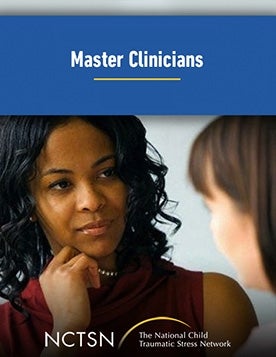
NCTSN Resource
Developmental Impact of Childhood Trauma
Type: Webinar
Explains how trauma, especially repeated interpersonal trauma such as sexual or physical abuse, affects a child's developing brain.
The NCTSN has produced dozens of webinar series, comprised of virtual presentations by expert researchers and practitioners, on various topics in the field of child traumatic stress. Most webinars are from 60 to 90 minutes in length and are available for continuing education credit.